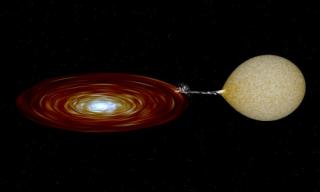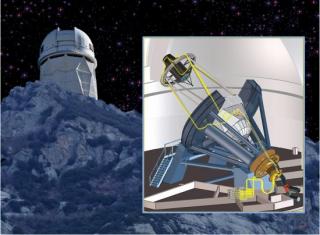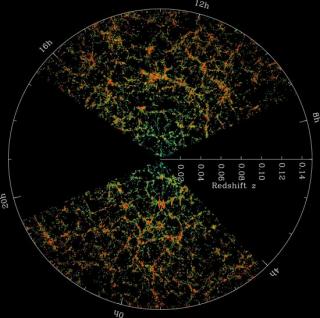Nada es inmutable en el Universo... pero no es fácil ver los cambios en directo. Este extraordinario video de la rotación de la nebulosa de la Mariposa nos ayuda entender los chorros de alta velocidad observados en muchos astros. El estudio, liderado por investigadores españoles, es el resultado de la composición de imágenes de alta calidad tomadas en el Observatorio del Roque de los Muchachos durante dos décadas.
Advertised on



